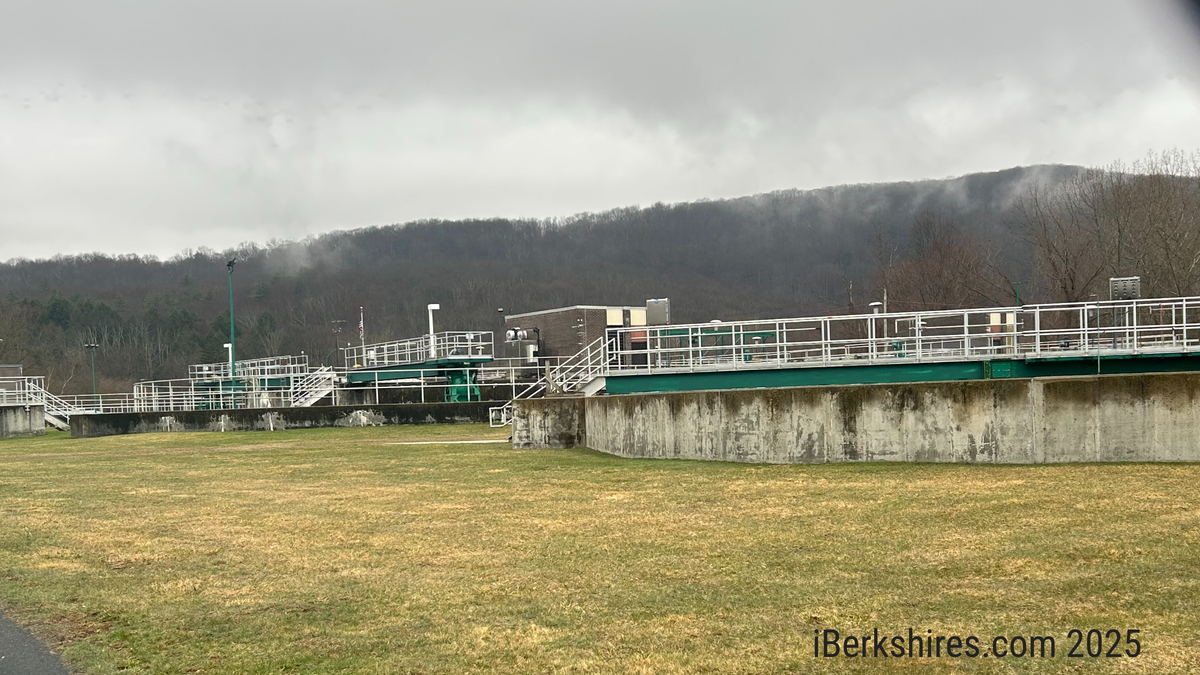MassDOT Will Make Truck Ramp More Visible
 |
A tractor-trailer apparently lost its brakes coming down the mountain and missed the ramp, shooting across Cold Spring Road and into the woods. The driver was killed and his passenger injured.
The Selectmen contacted the state about improving the visibility and access to the emergency ramp, which was partially hidden behind vegetation at the time of the accident.
They suggested the clearing of brush and grass on the south side approaching the ramp; additional signs leading up to it, along with flashing or lighted warning signs; and cutting back the hillside to provide an uobstructed view.
"The runaway truck ramp comes into view with little warning at speed and its short length is an unappetizing choice, albeit better than the deadly alternative," Chairman Thomas Sheldon wrote to the DOT. "Let's give these drivers as much assistance as possible, not only for the sake of their lives but also for the lives of men, women and children on Route 7."
|
"We also evaluated the warning signs along the Taconic Trail and considered lighted warning signs and message boards," he wrote, but determined the current signage is adequate. "We have installed an additional sign at the entrance to the ramp to better identify the entrance and to guide trucks into the ramp when needed."
Another ramp was considered west of Torrey Woods Road in the past but rejected because of its probable effect on Margaret Lindley Park. It isn't warranted at this time either, wrote Niles. "... evidence indicates that trucks are capable of negotiating turns on Route 2 and are capable of negotiating the entrance into the ramp."
The board had also asked that DOT help to convince makers of global positioning systems to eliminate the steep and winding highway between Massachusetts and New York as an alternate route. "We must work together to stop GPS devices from luring drivers to their death," Sheldon wrote.
Niles said MassDOT has received previous requests to change truck routes and has spoken with GPS providers. The routes are based on an algorithm and DOT cannot recommend a preferred route, he said.
















